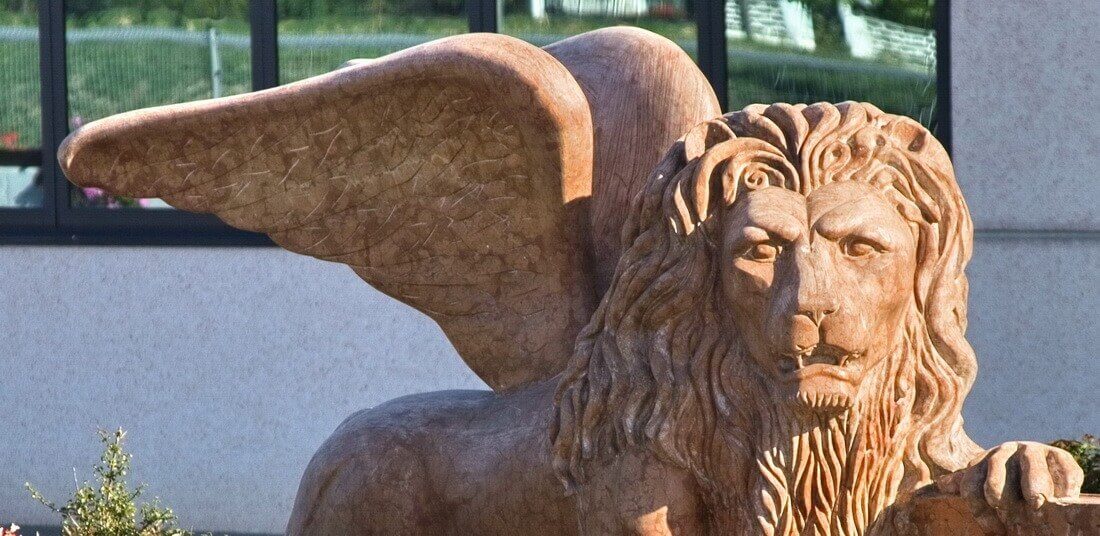
The classical quality of Rosso Verona
Rosso Verona is one of the most famous and worldwide well-known Italian ornamental rocks. It is considered the red marble par excellence. It belongs to Rossi Ammonitici limestones category. On the basis of chromatic differences and nodules dimensions that characterize it, different varieties can be distinguished such as: Broccato, Broccatello, Mandorlato, Rosso chiaro and Nembro.
Rossi Ammonitici
Rossi Ammonitici are limestones and marlstones of sedimentary origin stratified in a varied way; they are present in Italy in the southern Alps, in the Apennines of Umbria-Marche and in the southern Apennines to Sicily.
In general the Rossi Ammonitici limestones have the same genetic features, but depending on the place of origin, they acquire a commercial name, for example, the limestone extracted in Verona, takes the name of Rosso Verona and that extracted in Asiago is called Rosso Asiago.
They have a stratification with variation of dark red and pink streaks with typical nodular aspect. Between the layers there are often thin clay layers (marlstones) of red brown colour.
They are characterized by the presence of nodules with ellipsoidal shape, generally flattened depending on the stratification surface, of millimetric or centimetric dimensions, lighter in colour.
The Rossi Ammonitici limestones have different uses also in relation to the carbonate content: more this is high and more high is the workability, such as the polishing.
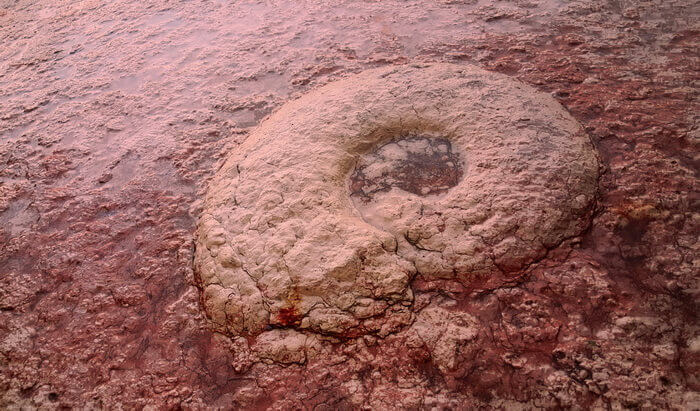
Rosso Ammonitico marble
Quarries area
Veneto, especially Verona area.
Availability
Easily available
Colour
Rosso Verona is a red marble. It has a background shade tending to red-brown with colour variations from pink to red and many shades due to various hematite concentrations or iron oxide. It is a nodular fossiliferous limestone also composed of fossil ammonites with a clayey component and round intrusions scattered on the whole surface. The overall colour is varied and it can have brown and yellowish colour intrusions. Especially in the surface areas the red colour tends to pink, beige, ivory; even in these cases the stone preserves the nodular feature.
Use
It is suitable for floorings, staircases, coverings, columns, balustrades, portals, cornices, fireplaces, sculptures, monuments, ornamental works especially for interior locations and partially for the exterior ones. It belongs to the category of stones that can be polished; in the exterior locations, because it is exposed to bad weather and due to a clayey component, it tends to lose the polishing. It is recommended for each type of finishing, especially for the antique one. Thanks to the beauty of its shades, it is perfect for classic or rustic ambiences often combined, in contrast, to Bianco Asiago, also known as Bianco Perlino.
Photo material
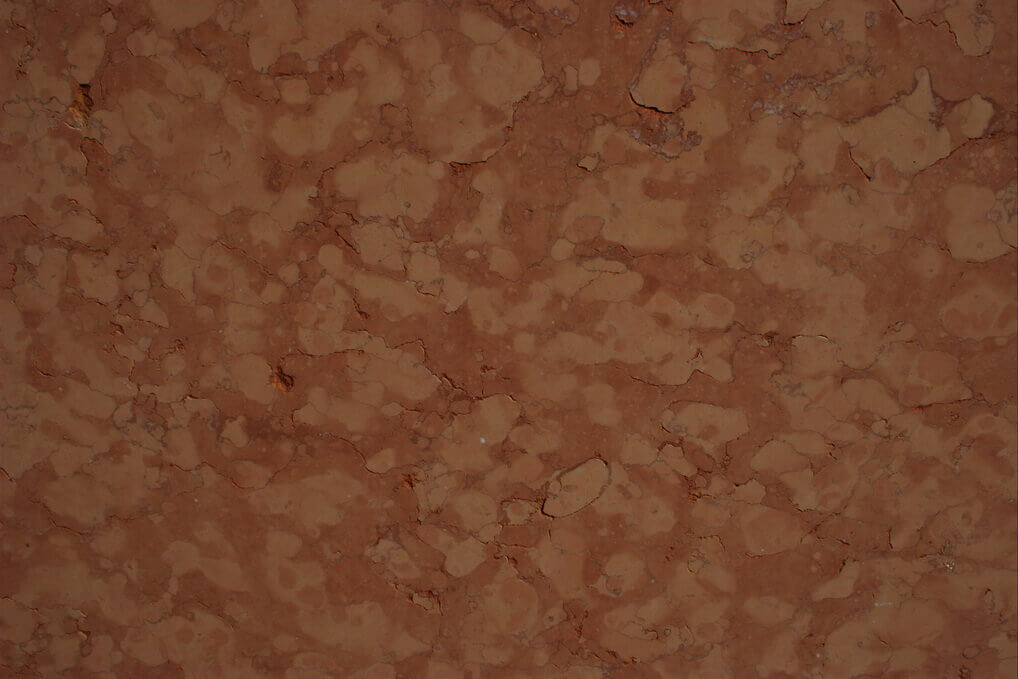
Our works

San Marco Lion sculpture on a single marble block – Arte 2000 work

San Marco Lion sculpture on a single marble block – Arte 2000 work

Monument – Arte 2000 work

Fireplace detail – Arte 2000 work
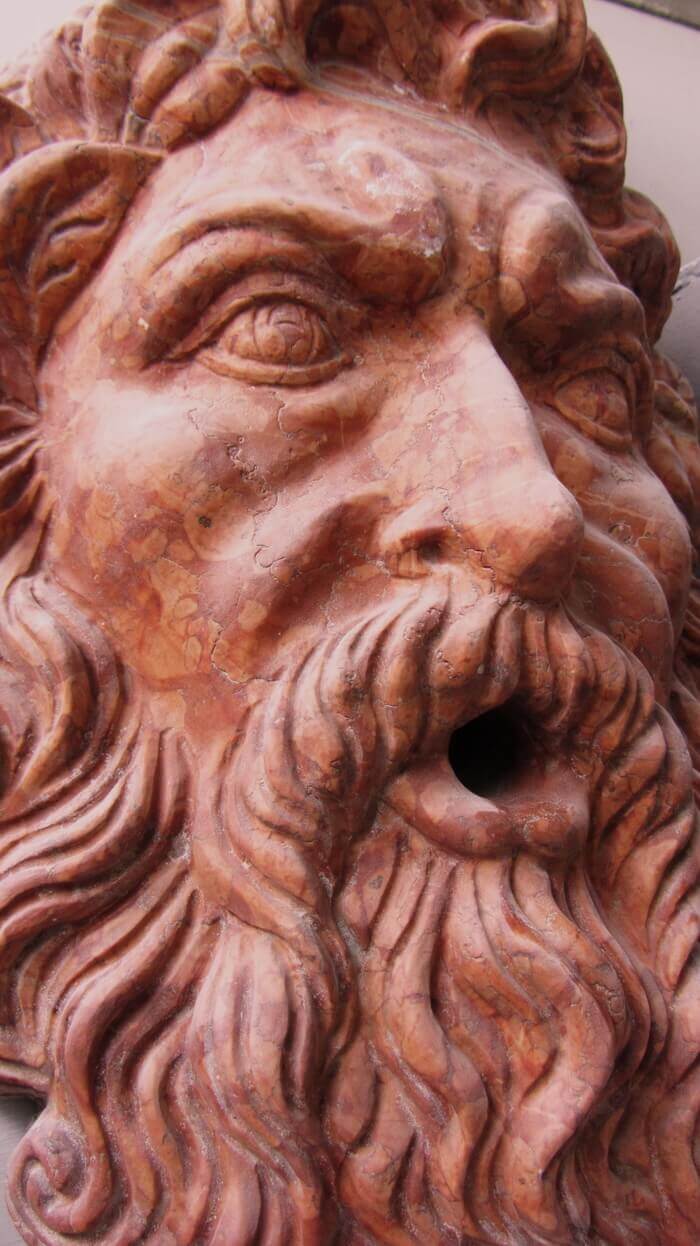
Mask for fountain – Arte 2000 work
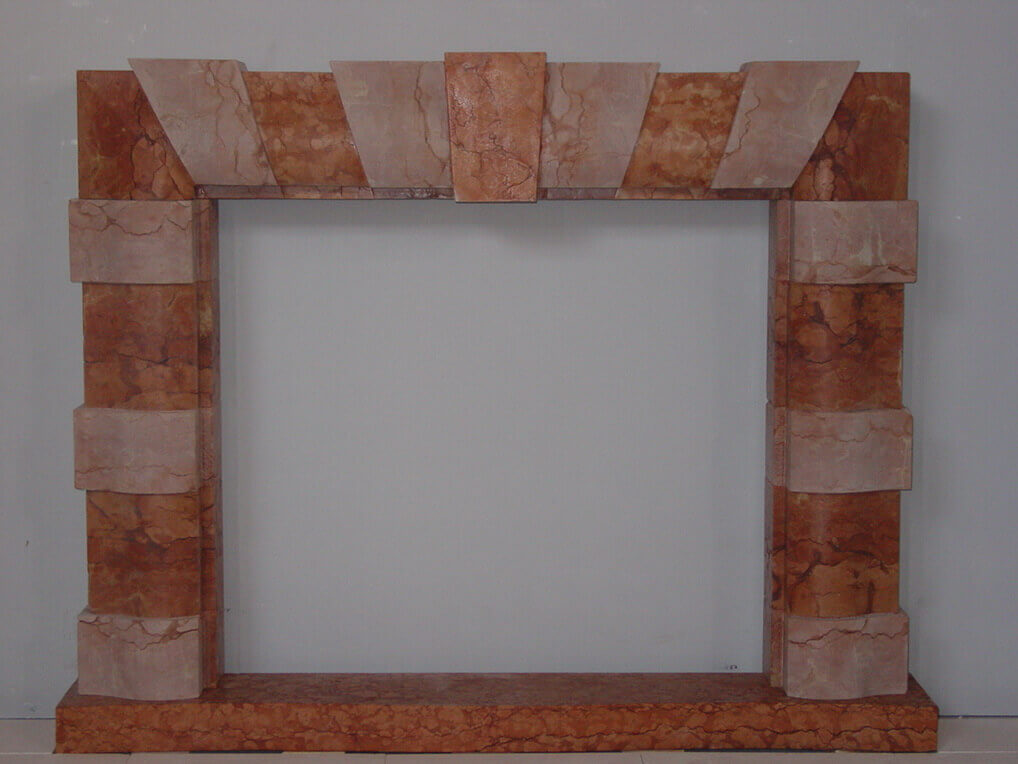
Fireplace – Arte 2000 work
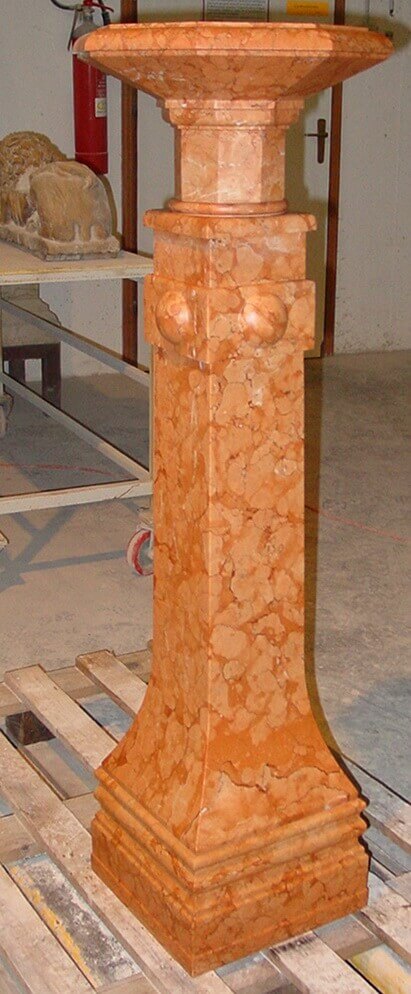
Base – Arte 2000 work
The information contained in this article are for guidance only. We remind you that a lot of marbles are mentioned with the well-known commercial name, often different from the real one.
This article contains general information. For questions and curiosities leave a comment below. If you wish to be contacted, please fill out the form.



